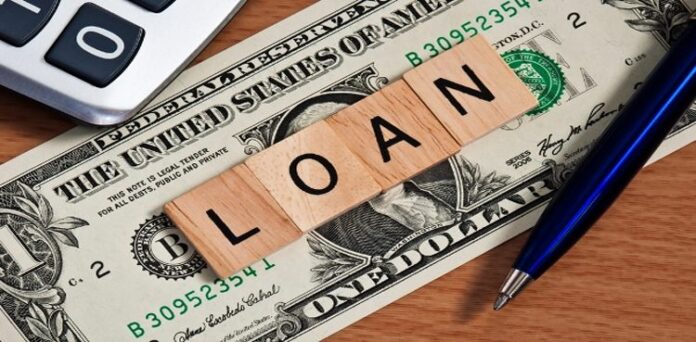Buying a car outright sounds ideal — no monthly payments, no added interest. But for most people, that kind of cash just isn't sitting around. That's where car financing comes into the picture. Simply put, financing a car means borrowing money to buy it and then repaying that amount (plus interest) over a set period. It's like stretching the cost into smaller bites, making it fit into your monthly budget.
For anyone thinking about stepping into the world of car ownership but not looking to drop a big lump sum, financing might just be the answer. But before anything, it's important to know what you’re signing up for, how it works, and what to expect.
The Basics: How Car Financing Works
Car financing is exactly what it sounds like — getting a loan to help pay for a car. You can either do this through a dealership, a bank, a credit union, or even online lenders. The lender gives you the money upfront to purchase the car, and in return, you agree to pay that back over time.
The Loan Structure
Most car loans are structured the same way:

- Principal: The original amount borrowed
- Interest: The cost of borrowing that money
- Loan Term: The length of time you have to pay it all back
Each monthly payment chips away at both the principal and the interest. Early in the loan, most of your payment goes toward interest, while later payments focus more on the principal. That’s just how amortization schedules work.
Down Payment
Putting some money down upfront helps reduce the amount you need to borrow. For example, if the car costs $20,000 and you put down $4,000, you're only financing $16,000. A bigger down payment can also lead to better interest rates — lenders like when borrowers share some of the risk.
Credit Score Influence
Your credit score plays a starring role here. A high score can help you lock in a lower interest rate, while a lower score might leave you with higher monthly payments or fewer financing options altogether. Lenders look at your score to get a sense of how risky it might be to lend you money.
Where You Can Get Car Financing
You don’t have to stick to one source — in fact, shopping around is encouraged. Here’s where financing can come from:
Dealership Financing
Probably the most common route. It's convenient — you pick the car, talk numbers, and the dealer handles the financing paperwork. Some dealers have their financing departments, while others work with banks. Either way, the process feels streamlined.
Bank or Credit Union
Going to your bank or credit union before stepping into a dealership can give you the upper hand. You'll already know your budget, interest rate, and terms. Plus, credit unions often offer better rates than big banks or dealers.

Online Lenders
This option has grown a lot in recent years. Online lenders can offer pre-approvals and flexible terms. It’s worth a look if you want to compare rates quickly.
Steps to Finance a Car
If you’re new to the process, it might feel like a lot. But broken down into steps, it's pretty manageable. Here’s how it usually goes:
Step 1: Check Your Credit Score
Before anything else, find out where you stand. A higher score can make a big difference in your loan terms. If your score’s not where you want it to be, you might consider waiting a bit, paying off some debts, or fixing any errors on your credit report.
Step 2: Set a Budget
Just because you qualify for a big loan doesn’t mean you should take it. Look at your monthly income and expenses. Decide what you’re comfortable paying each month — and don’t forget to include insurance, gas, and maintenance in your calculations.
Step 3: Get Pre-Approved
Pre-approval gives you a clearer picture of what you can afford and helps you avoid being swayed by add-ons at the dealership. It also shows sellers you’re serious and ready to buy.
Step 4: Shop for a Car
Now comes the fun part. With your budget and loan terms in mind, start looking for cars. Whether you go new or used is entirely up to you — but remember, the value of most new cars drops as soon as you drive off the lot.
Step 5: Finalize the Loan
Once you’ve picked the car, it's time to make things official. Sign the loan agreement, finalize the down payment, and sort out the registration. Be sure to read every detail in the contract — especially anything involving fees, insurance add-ons, or prepayment penalties.
What Happens After You Finance
Financing doesn’t end when you drive off the lot — that’s when repayment kicks in. Here's what to expect:
Monthly Payments
You'll make monthly payments to the lender according to the loan agreement. This continues until the full amount, including interest, is paid off.
Paying Off Early
Some people choose to pay off their car loans faster by making extra payments. It's a good way to cut down on interest. Just double-check your loan terms first — some agreements include prepayment fees.
What If You Miss a Payment?
Missing payments can hurt your credit score and even lead to repossession if it happens repeatedly. If you hit a rough patch financially, it's better to talk to your lender early and see if there's room to work out a solution.
After the Final Payment
Once you've paid off the loan, the car is officially yours. You'll get a lien release from the lender, which confirms that they no longer have a legal claim to your car.
In Closing
Financing a car makes vehicle ownership accessible to many people. It’s not complicated once you break it down. At its core, you’re borrowing money to buy a car and agreeing to pay it back over time, with interest. Knowing how the process works — from understanding loan terms to choosing where to borrow — makes a huge difference in what you end up paying.
Whether you're planning to visit dealerships or browse online listings, take your time. Look at your options, keep your budget in check, and read the fine print before you sign anything. A car loan is a big commitment — but when done right, it can be a smart, manageable way to get behind the wheel.












